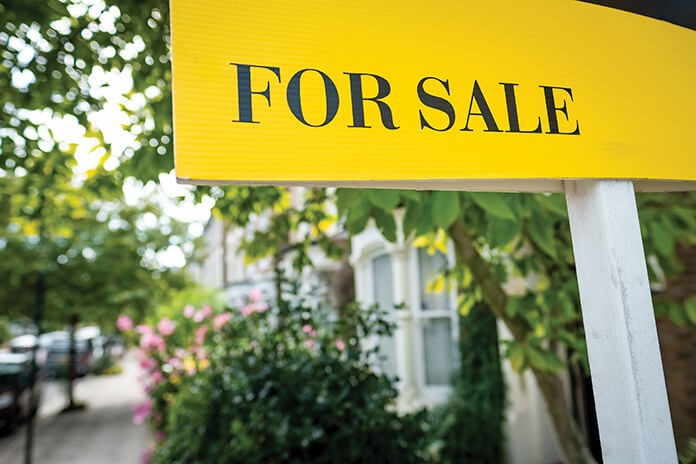Scotland Fares Best in Unsettled Property Market
When it comes to the three nations, Scotland’s property market is faring far better than south of the border.
Homes aren’t only selling quicker in Scotland – twice as fast as London, in fact – but the country also has the highest year-on-year growth.
Scottish owners receive highest financial boost
The news, from Rightmove’s latest survey is in contrast with much of the rest of the UK. To the extent house prices fell by 0.4 per cent last month across Scotland, England and Wales together. Taken individually though, property owners in Scotland enjoyed a 2.6 per cent increase in the value of their homes compared to the same month in 2022. Property was selling in 32 days on average. This compared favourably to 63 days in London and 64 days in Wales.
Second fastest-selling market is the North East where property is taking 49 days to sell, followed by the South West with 54 days.
In terms of prices, property went up in only four other areas overall – by 2.6 per cent in the North East, 1.2 per cent in Yorkshire and the Humber, 1 per cent in the North West and 0.7 per cent in London. The biggest drop in prices was in Wales where property was worth 1.5 per cent less. Next was the East of England where sellers received 1.4 per cent less and the South West, with a fall of 1.3 per cent.
Mortgage interest rate rises together the increases in the cost of living, have slowed down the market as many would-be buyers began to re-assess their moving options.
Property transactions down by one fifth
Certainly, according to HMRC figures, the number of properties changing hands in July this year, fell by more than one fifth (22 per cent) compared to the same period in 2022.
And, with many more fixed rate deals coming to an end over the following months, together with no indication of mortgage rate drops, the status quo is expected to remain for some time yet. Especially when you consider that the average two-year fixed rate mortgage has gone from 2.3 per cent to 6.56 per cent over the past two years. This is due to the Bank of England increasing its base rate on 14 occasions since the end of 2021.
Fewer properties for first-time buyers
In terms of available housing, there are 10 per cent less properties than four years ago. And this figure doesn’t look like improving any time soon – certainly in terms of New Builds. That’s because planning approval for new housing in England is the lowest it’s been for 15 years. The Home Builders Federation revealed the number of new homes approved for building in England, in the second quarter this year is 54,200. The total for the past four quarters is 265,223. This is despite the government’s promise to build 300,000 new properties a year by the middle of the decade.
Developers are less inclined to build since the mortgage interest rises, as well as the withdrawal of the government’s scheme to help first-time buyers get on the property market.






